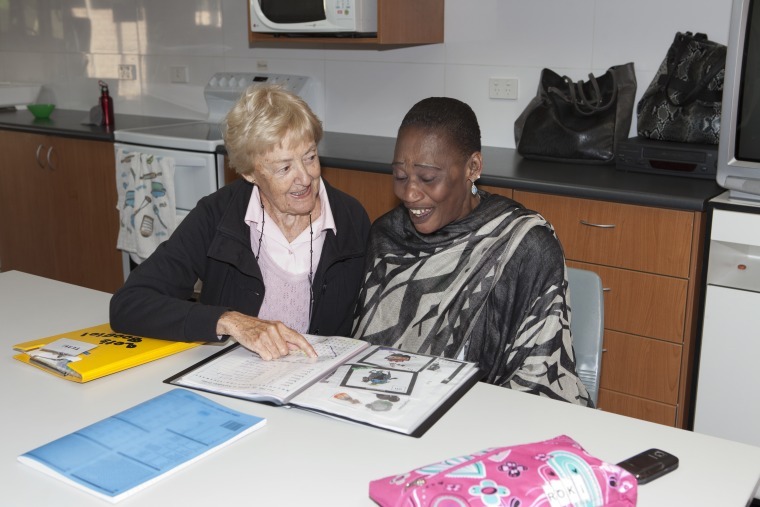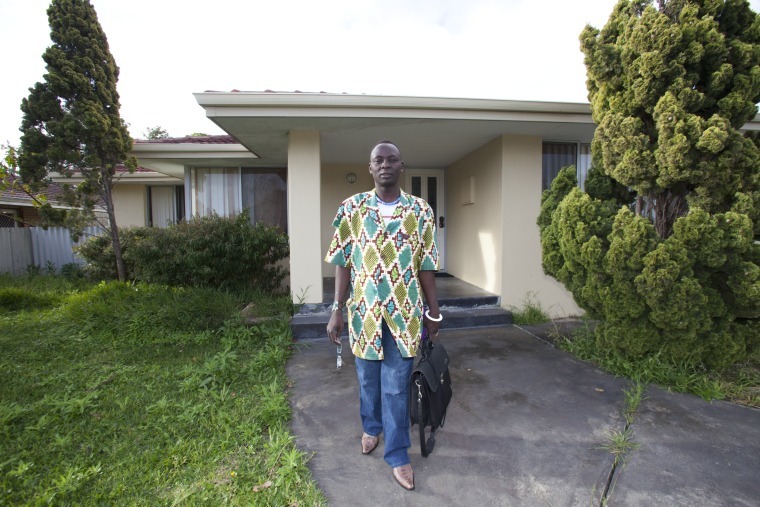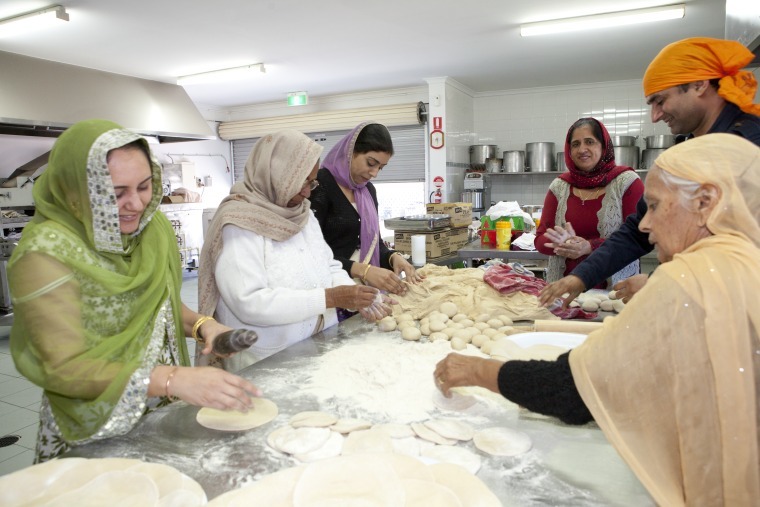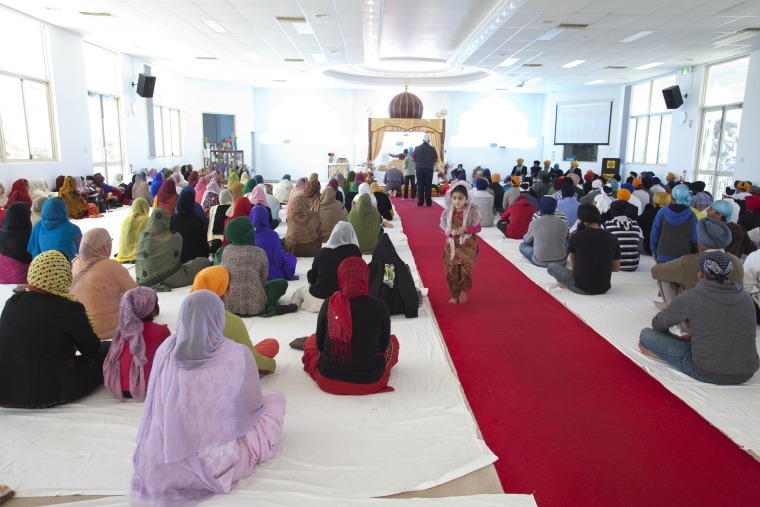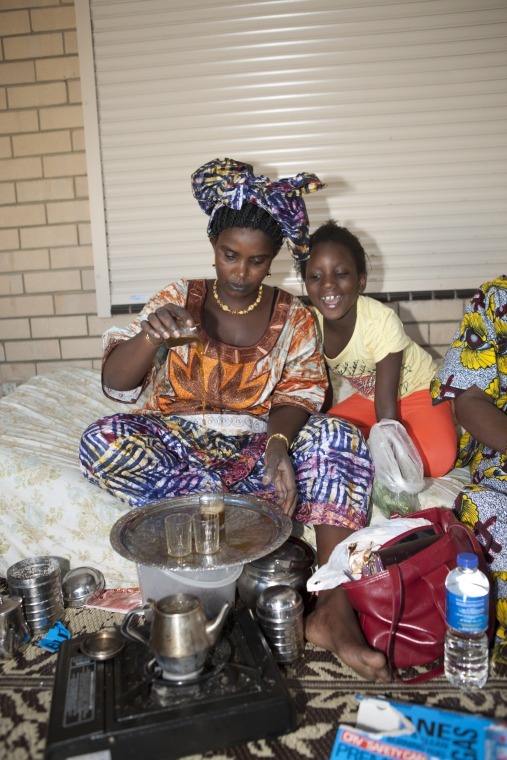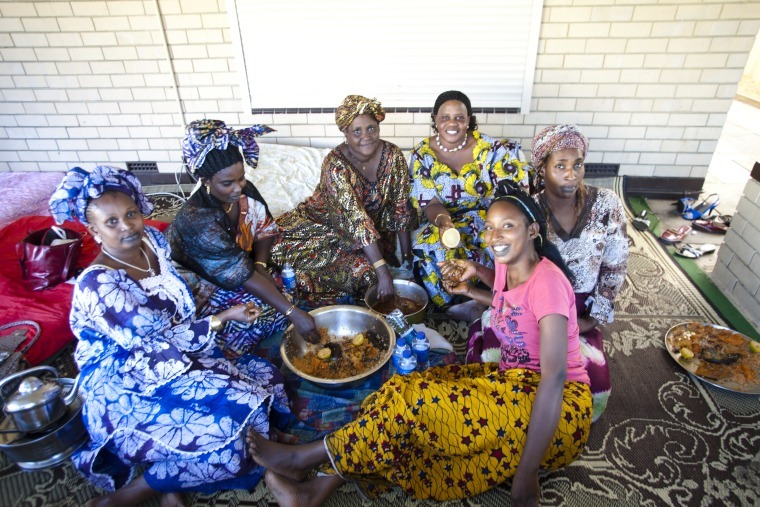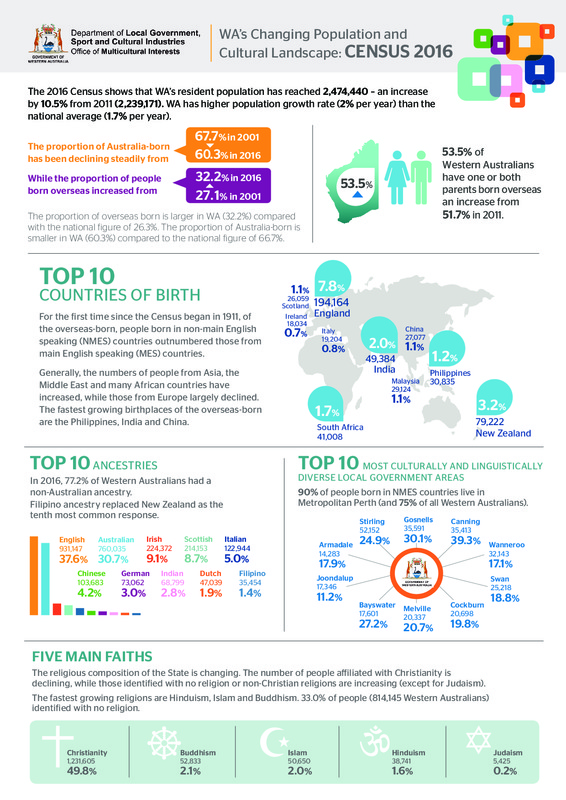21st Century Migration
Where do we come from? Almost everywhere. Western Australia is home to people from more than 190 countries.
Indigenous Australians are the first known inhabitants of the Australian continent and nearby islands. Scientists recognise that Indigenous Australians arrived between 40,000 and 70,000 years ago, but Aboriginal history says that “we have been here since time began”. Today the diverse groups of Indigenous Australians are recognised as the oldest living continuous culture.
Western Australia’s non-Aboriginal population today looks quite different to when the first census was done in 1911. That census revealed Western Australia (WA) as a population of mostly similar people, mainly of English and Irish ancestry. * So much has changed in the last 100 years that today Western Australia can now claim to be one of the most multicultural places on the planet.
During the 20th Century, Western Australia’s population grew ten times from an estimated 189,000 people in 1901 to 1.9 million in 2000. As of 2020, WA is home to an estimated 2.5 million people.
The most common birthplace of migrants to Western Australia continues to be England; the 2011 census found that 29% of Western Australians were of English descent. 21st century migrants are also coming from countries such as New Zealand, India, South Africa and the Philippines to settle in Western Australia. Other countries that people are migrating to Western Australia from include Afghanistan, Brazil and Burma. Some arrive as international students, some as skilled migrants and some as humanitarian entrants.
Countries such as Malaysia, Singapore and China have long established migrant communities in Western Australia. Significant numbers of people began migrating from China to Western Australia (WA) in the mid-19th century and remained small-scale until the 1970s. Most of WA’s China-born population (11,000) arrived between 2001 and 2010, mainly as skilled and business migrants. In 2011, China was the eighth-largest source country of the overseas-born in WA. India was the fourth-largest source country of the overseas-born in WA (29,919).
Other overseas born communities are newly emerging in Western Australia, such as those that have originated in Iran, Iraq, Kenya, Eritrea, Liberia, Somalia, Sudan, and the Democratic Republic of the Congo (DR Congo). Most Sudan-born, Somalian-born and DR Congo-born arrived in Western Australia between 2001 and 2010, as humanitarian entrants. In 2011, Sudanese -born, Somalia-born and DR Congo-born were amongst WA’s fastest growing communities, but these all added together are still total less than 2% of the people migrating from the United Kingdom.
Dig a generation deeper and our diversity becomes even richer. People born overseas, or who had at least one parent born overseas, made up almost half of our entire population in 2016. Perhaps this explains why so many of us are not sure who to cheer for in the World Cup, or at the Olympic games.
In 2016, Perth’s overseas-born population was 702,545, the third highest of all Australia’s capital cities. Western Australia has developed a unique identity as a result of the wide variety of migrant backgrounds, together with the diversity of Aboriginal and Torres Strait Islander peoples.
*Note that 1971 was the first census to officially include Aboriginal people as part of the total population. Western Australian Aboriginal peoples entered the new Commonwealth of Australia as aliens in their own land. Their many contributions to the white exploration and exploitation of the hinterland were not acknowledged. The measures taken by the Western Australian Government over the next thirty years, flowing from the 1905 Aborigines Act, gave unprecedented power over Aboriginal people to the Chief Protector. The freedom for Aboriginal people to work and live where they wished was curtailed. The forced separation of many children from their Aboriginal families, and the systematic exclusion of Aborigines from white society through segregation had drastic consequences for Aboriginal people.
Focus Questions
- Where are most migrants to Western Australia from?
- Where are new migrant communities coming from in the 21st Century?
- What are some of the push/pull factors contributing to migration to Western Australia?
- What would be key differences and similarities between the countries new migrants are coming from and Western Australia?
- What is the cultural make up of your own suburb or town?
- What contributions do migrants make to Western Australia in the 21st Century?
Key words
You may wish to find out more about 21st Century migration. The following key words can help you find information:
census
multicultural
humanitarian
mining boom
migration
Websites
The following websites can help you with reliable information:
State Library of Western Australia
Office of Multicultural Interests - Stats, info and guides
Office of Multicultural Interests - Cultural Diversity in Western Australia (pdf)


